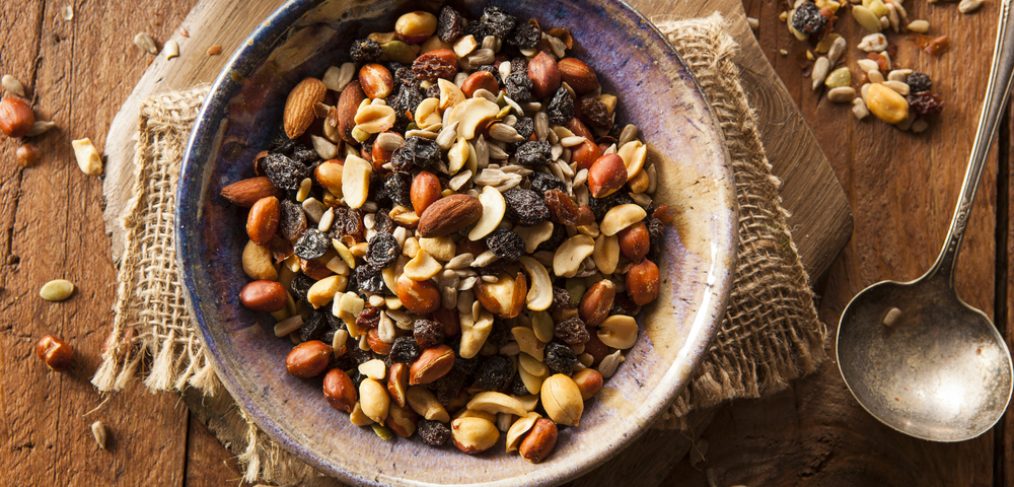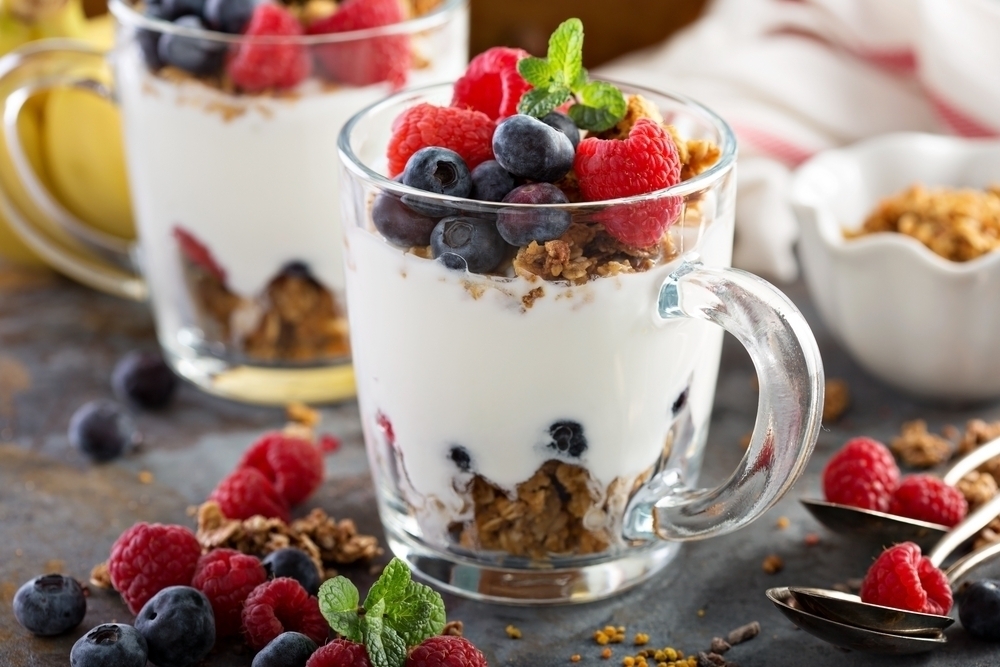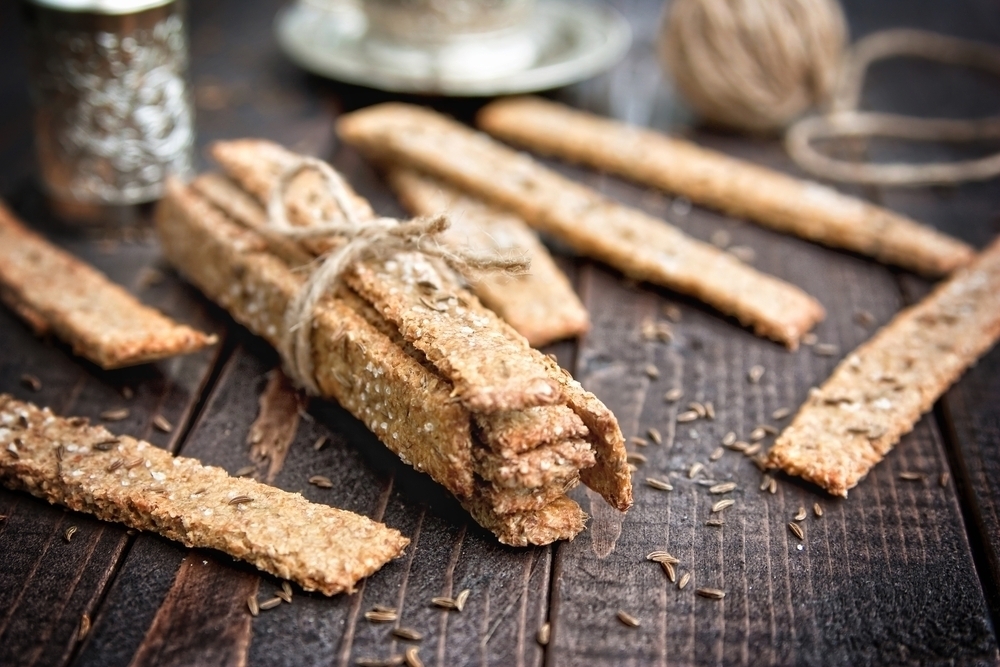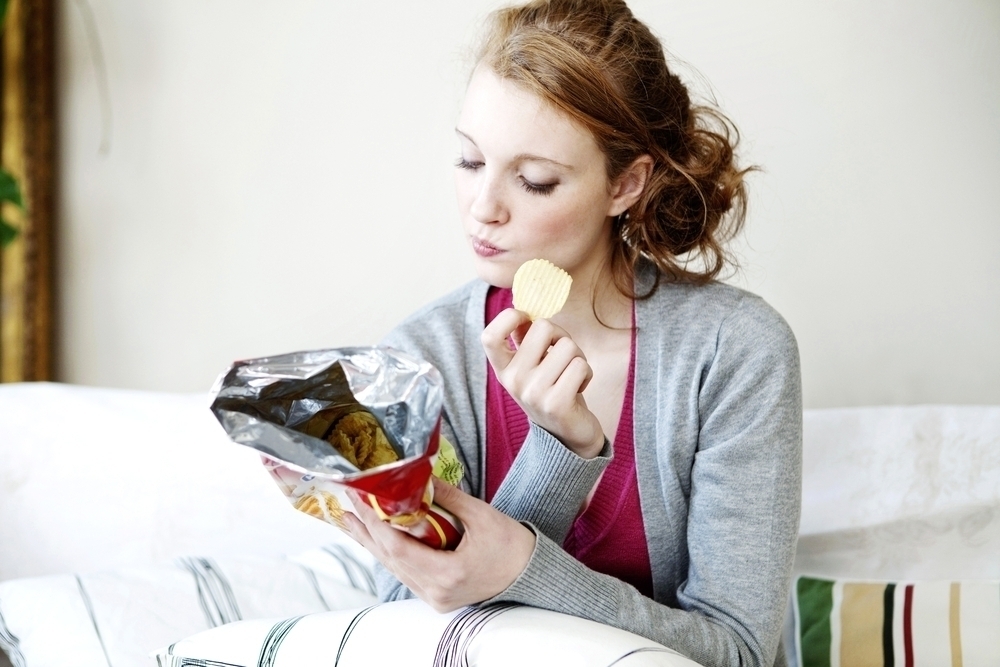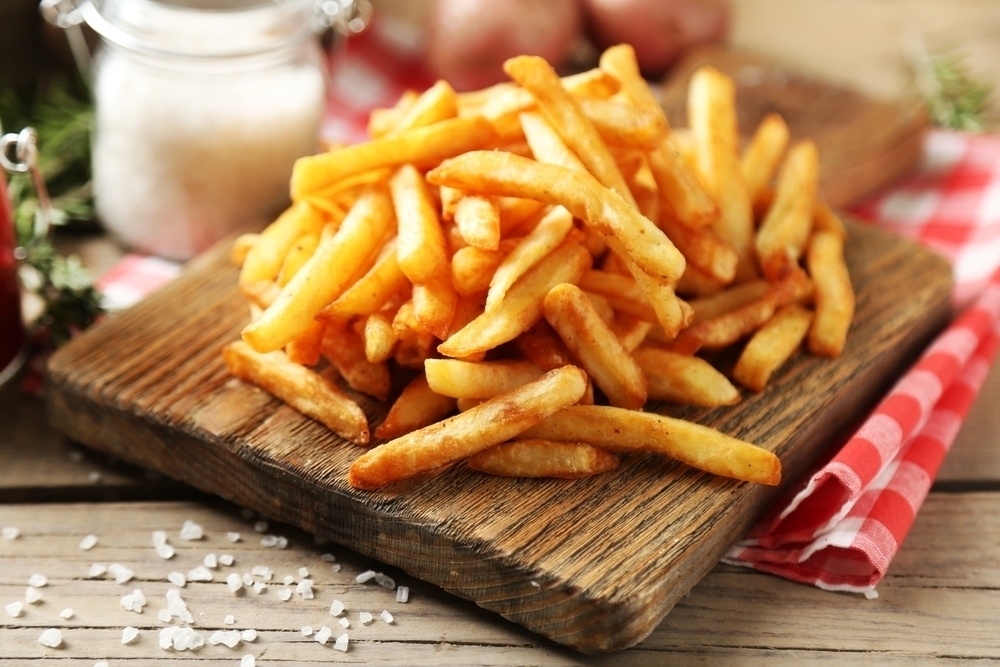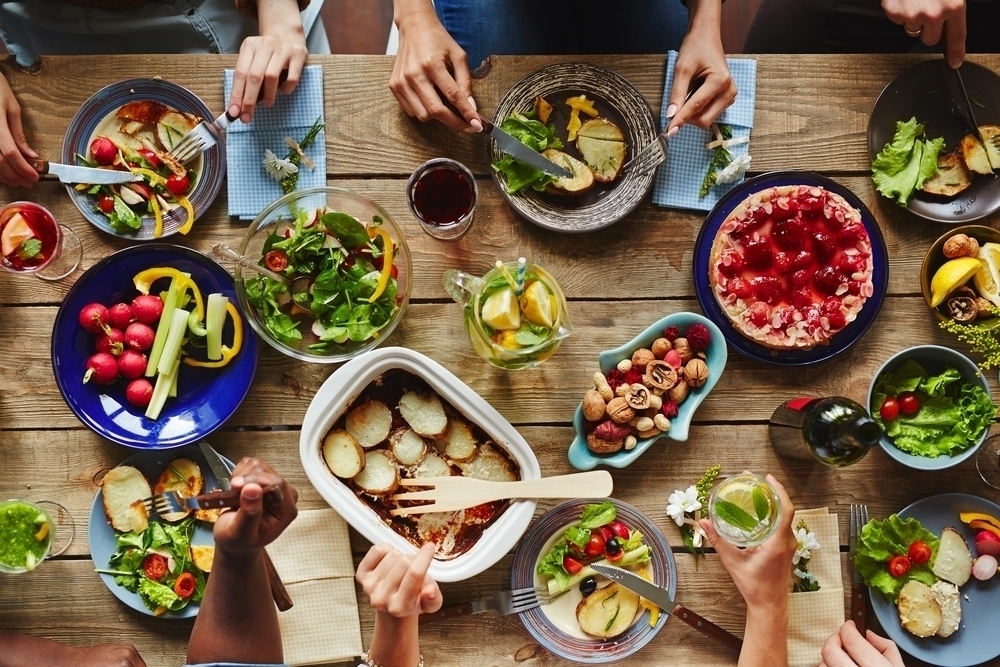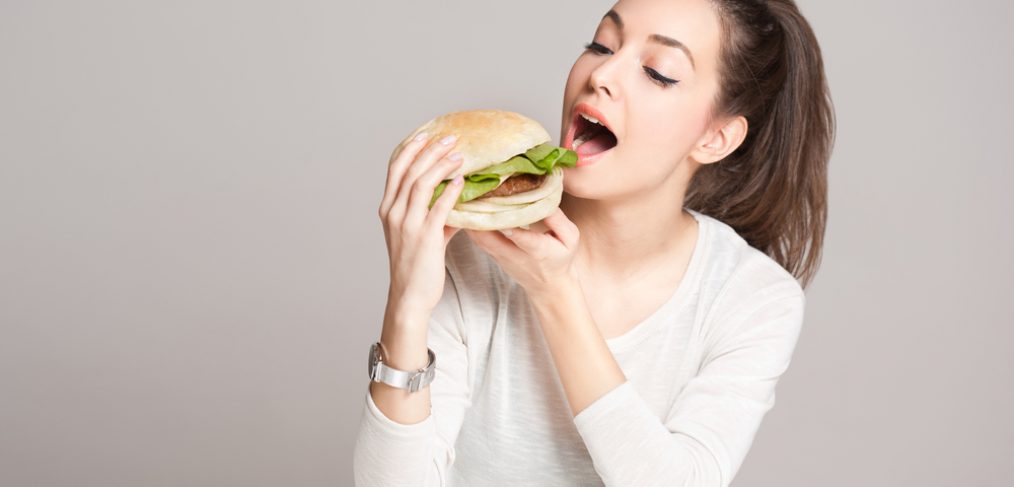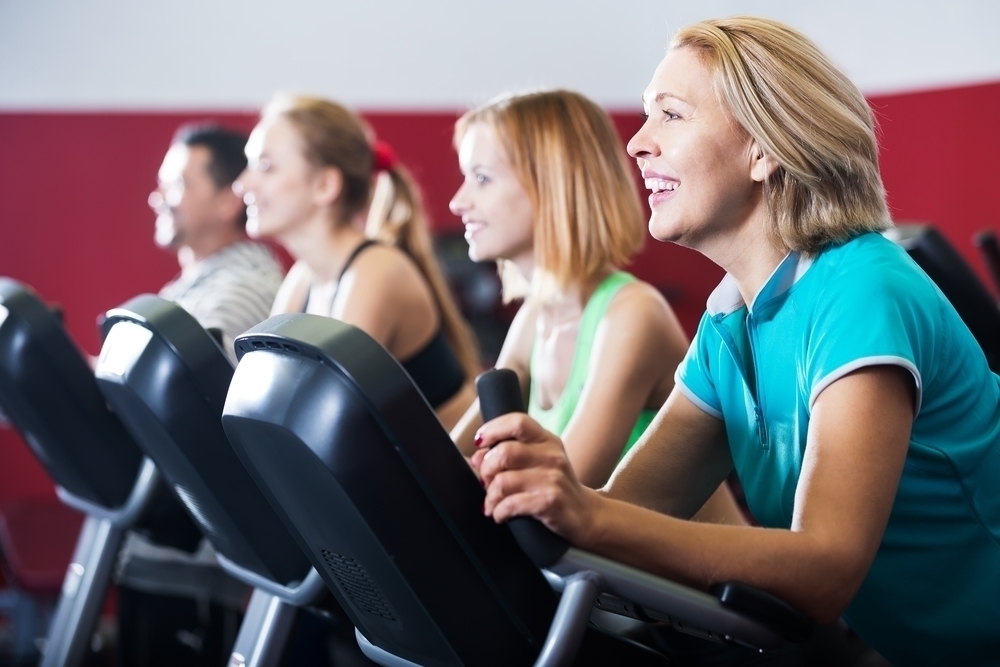We’ve all seen the ads: “Lose Weight Without Dieting,” “Exercise-Free Ways to Melt the Fat,” etc. Most of us just file these away under the ‘too good to be true’ category, along with the “Make Money By Sealing Envelopes” ads. However, every once in a while, something comes along that defies expectations. Something that is too good and true, like coffee and dark chocolate being healthy for you.
Ready to add to the list? Here are a few things that you might want to include.
Hot Baths For Weight Loss
The Study
There’ve been some interesting things happening lately at Loughborough University. According to research done by Dr Steven Faulkner, hot baths can have health benefits similar to exercise and can help prevent type 2 diabetes.
In a study involving 14 people, Dr Faulkner and his team investigated the effects of “passive heating” on blood sugar levels and number of calories burned. Participants soaked in an hour-long 40-degree bath before heading out for an hour of cycling. Each of the two tests was designed to raise core body temperature by one degree so that they amount of calories burned during each session could be measured.

The Results
Although more calories were burned during the cycling, results showed that the hot bath consumed as many calories as would be consumed during a thirty-minute walk. “The overall blood sugar response to both conditions was similar, but peak blood sugar after eating was about 10% lower when participants took a hot bath compared with when they exercised, “said Faulkner.
The doctor also explained that exercise prevents inflammation which can boost the immune system and fight disease. “This suggests that repeated passive heating may contribute to reducing chronic inflammation, which is often present with long-term diseases, such as type 2 diabetes.”
Turn Down The Heat
Another one for the “too good to be true” file? How about turning down the heat to lose weight. According to a recent trial published in the Journal of Clinical Endocrinology and Metabolism, when we’re exposed to cooler temperature, our white fat converts to a darker color and we begin to burn calories. A British study from 2012 suggests that lowering the temp as little as two to four degree may be enough to activate fat loss.

Acupuncture
Acupuncture may also be a way to losing weight without exercising. A study published in Acupuncture in Medicine suggests that by targeting five points on the ear linked to digestion and hunger, acupuncturists can help overweight people to begin losing weight. Licensed acupuncturist Daniel Hsu, suggests the stress reduction of acupuncture may be responsible for the reduction of stress-related eating.
What do you think? Still a sceptic? A willing volunteer? Let us know. And tell us some other things belong on the “Good and True” list.




